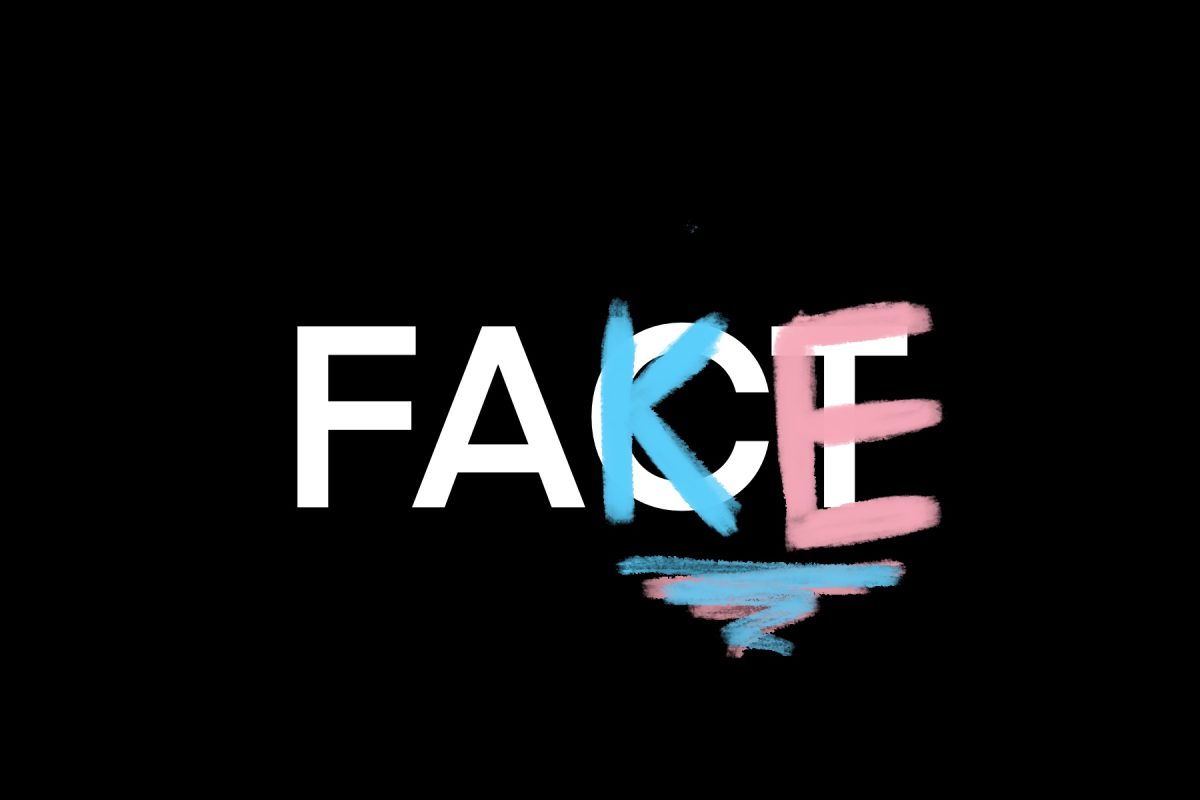There are no breaking news articles about how many people experience pain after a knee-replacement surgery. Newsrooms aren’t rushing to report that C-sections can cause painful sex. However, a Daily Mail headline this summer announced that 81% of individuals receiving gender-affirming surgery experienced pain in the weeks or months afterwards. Considering that these procedures involve incisions and stitches, it should seem like a given that there would be a recovery period. And, yes, some pain. However, this statistic isolates and alienates gender-affirming surgeries, taking advantage of the general statistical illiteracy of the public.
If you read an article stating that 1% of people regretted transgender operations, and another that reported there are 1.6 million transgender people in the US, that may be concerning. These statistics are not wrong. Sources like the Associated Press, News Week, and Reuters all report the same 1% regret rate. While this rate is accurate according to all current studies, it exists without some crucial context. The National Library of Medicine did a study that compiled 79 studies involving surgical regret. The results? Self-reported patient regret averaged 14.4% across these studies. While it’s true that any regret rate is, well, regrettable, the 1% rate for transgender surgeries is quite favorable in comparison to the general average. Statistics don’t exist in a vacuum. However, the general public tends to lack awareness of other benchmark numbers to compare to when interpreting numbers reported in the news. It is all too easy for an article to cite a distressing statistic that isn’t far from the status quo.
While these out-of-context statistics run rampant, it’s not the only way to misrepresent a study without lying. A Daily Signal article cites a reputable study to back the claim that post-operation transgender people are more lonely than those who have not had any operations. When reviewing the actual study, one can find that the difference in “loneliness” is 0.9%. There’s a 2.4% difference in “perceived social isolation”, and in “objective social isolation”, individuals who have had surgery are reported as less isolated by 1.2%. These small margins and contrasting accounts indicate that the difference in loneliness isn’t substantial between those who have or haven’t had gender-affirming surgeries. However, without further digging, it would be easy to accept that claim at face value.
It would be easy to believe that these misrepresentations are accidental. And while some may be, others follow the current trend of disinformation around transgender health treatment. This information is shown by many news outlets with the purpose of persuading a pushback against gender-affirming care. On both state and national levels, transgender healthcare is under scrutiny. In the past year, many states, including Iowa, have banned gender-affirming care for minors. The support for these laws is partially a result of the poor information provided to the public. Stories of trans regret and people who have de-transitioned have come into the spotlight, fueled by statistics like the 1% surgical regret rate. Information has been cherry-picked to represent gender-affirming care as dangerous, unnecessary, and ineffective. It takes a critical eye and some extra research to gain a full understanding of trans healthcare in America.
But should it come down to the public to be responsible for the media’s misrepresentations? Should we have to research every article in depth until we find the original data? It seems like a big task. Not many people want to devote the time to fact-check every detail they read, and even fewer are experts in interpreting statistics from research papers. So, what responsibility does fall on the public? In my eyes, it’s our responsibility to be loud. Talk about the inaccuracies you see in the news. Ask questions and probe until misrepresentations must either lie or fall apart. Require more responsibility from the media. And, yes, fact-check all the data you see. And give the media hell when it’s wrong.










